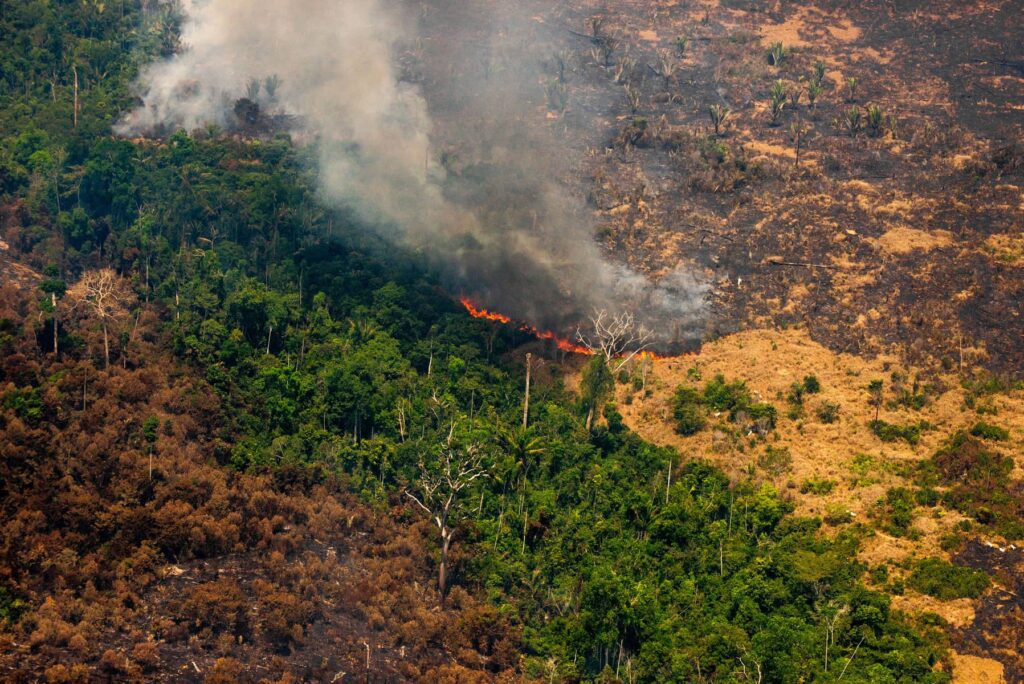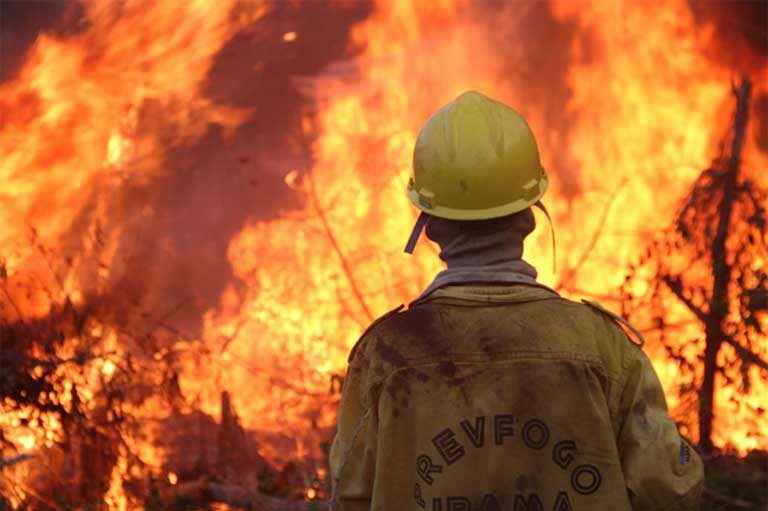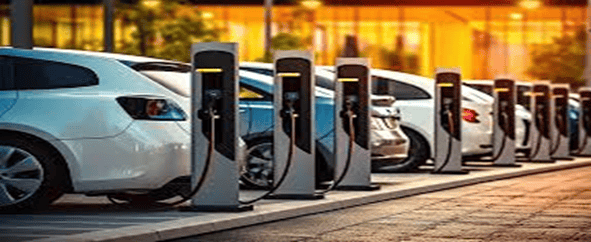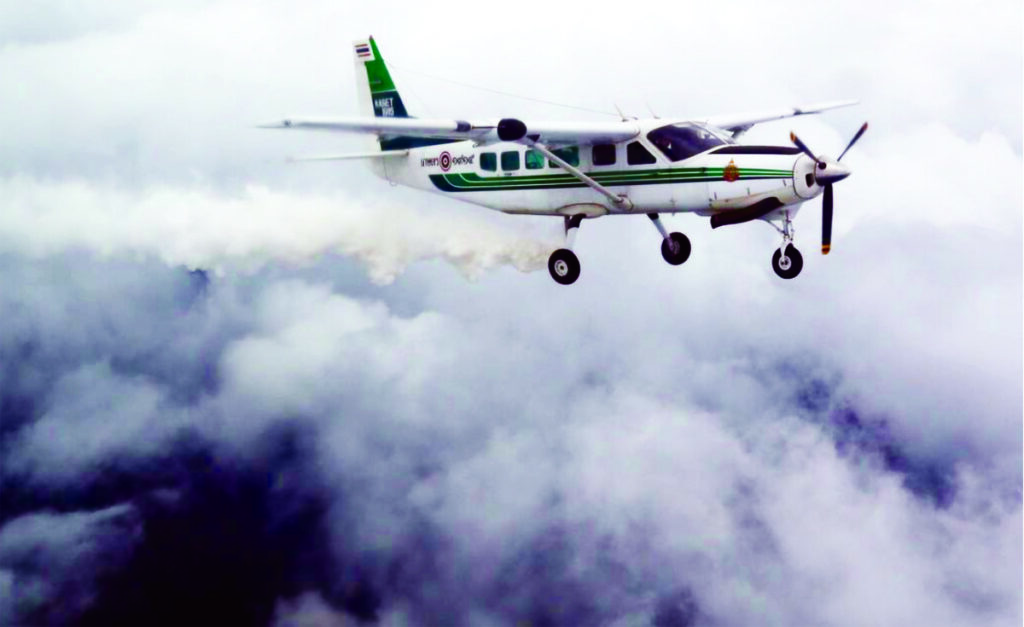The Amazon rainforest covers much of north-western Brazil, extending into Columbia, Peru, and other South American nations. It is the world’s largest rainforest, known for its biodiversity and associated ‘survival’ value. It covers more than two million miles of land. Yes, more than two million. The vast stretch it covers is self-explanatory of the environmental importance it holds. It is not only home to several untold species of flora and fauna but also to more than 500 indigenous communities.
Unfortunately, the past few years have been disastrous, in terms of the conservation of this important biodiversity hotspot. The rainforest has witnessed several, controversially massive, wild land fires leading to irreversible loss of life and resources. The region holds the power to impact the climate around the world. This accounts for just one of the many reasons why the issue requires severe concern from across the nations and not mere sympathy.

Situations have been worse than ever since the forest caught fire in 2019, catching global attention. As per INPE findings, deforestation in Brazil’s Amazon hit an 11 year high in 2019. There were more than 80,000 fires alone in that year, that too alone in Brazil. Ever since then things have gone downhill and worse, fires have resurfaced frequently. In 2020, 19 million acres of the world’s largest tropical forest were affected. This year, the region is screaming for help, again.
More than a thousand major fires have been recorded this year (as of August) in the Brazilian Amazon according to the Monitoring of Andean Amazon Project (MAAP). Other data sources declare an even more concerning scenario. The INPE has reported more than 50,000 fire outbreaks from Jan till late August, in the Brazilian Amazon. However, it is important to remember that large fires or those that burn for many days are recorded as multiple ‘outbreaks’. Thus, one outbreak here does not necessarily refer to a single fire. Either way, the situation seems alarming and requires urgent attention.

Accounting all evidence, it is implied that the world is already facing a crisis involving climate change. Despite all contrary debates and opinions, we know for a fact that CLIMATE CHANGE IS REAL. This crisis is bound to get worse when the world’s largest rainforest, a vital supplier of oxygen, is under turmoil. Reportedly if these situations persist, Amazon will emit more carbon than they absorb. In fact, this has been the case for some parts of the rainforest, as published by a groundbreaking study in July 2021 (https://www.nature.com/articles/s41586-021-03629-6#citeas). These regions have warmed up by about 4.5 degrees Fahrenheit over the past four decades, as stated by the authors of the same study.
This raises the question of what should be done now, is there any way we can contribute to saving forests? Well, since 2019 several fundraising organizations have come forth. However, with no improvement in the conditions of deforestation and environmentally unhealthy industrialization in the region, it is irrational and dicey to place any hope for betterment with ‘funds’ alone. While forests do catch fire in the dry seasons between July and October, its increased rage clearly implies that the source of these fires lies in the human intervention of nature. Continuous deforestation, outrageous policies of president Bolsonaro in Brazil and not to forget years of ‘denial’ of facts have led to this loop to which seems no end.

The process of restoration is slow and gradual for obvious reasons. As per a 2018 study (https://onlinelibrary.wiley.com/doi/full/10.1111/gcb.14443), it takes an average of 40 years for secondary forests in the Amazon to recover 85% of their original biodiversity. In fact, researchers warn of no long–term guarantee for forest restoration. With those statistics and facts, several questions arise. Have we done damage beyond repair? Is it too late?
Well, perhaps not. Restoration, at least to an extent, is still a possibility but only when the degree of the problem is not understated. International attention from the crisis has waned off ever since the pandemic began. First-world nations need to intervene, perhaps use their resources and power for a better future of the world.
Interventions are complex of course. However, the protection of Indigenous territories, the restoration of already degraded lands, and continued international awareness of political dynamics and consumer choices, all offer us ways to avert oncoming tragedy which may arise if an important hotspot like the Amazon continues to shatter. If we do not take a longer view of this pandemic and look upstream for causes, ‘pandemics’ will continue to emerge.
Written by- Surbhi Chopra
Edited by- Ginia Chatterjee




